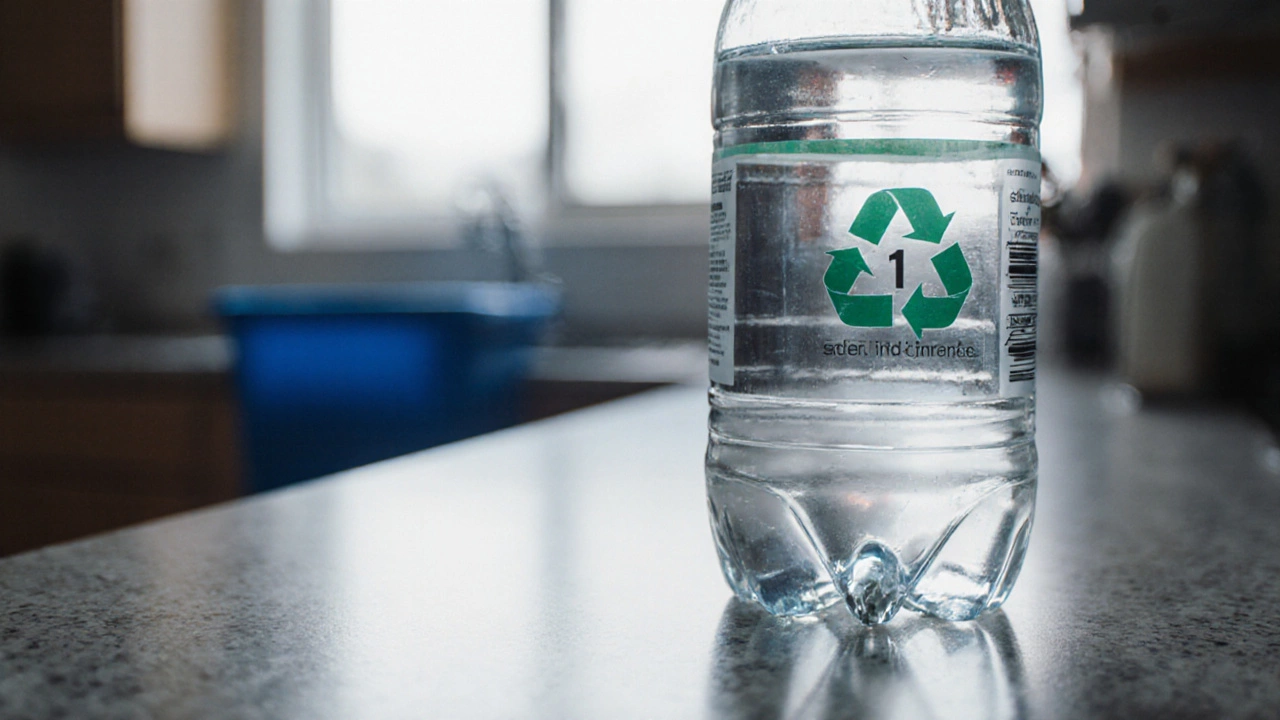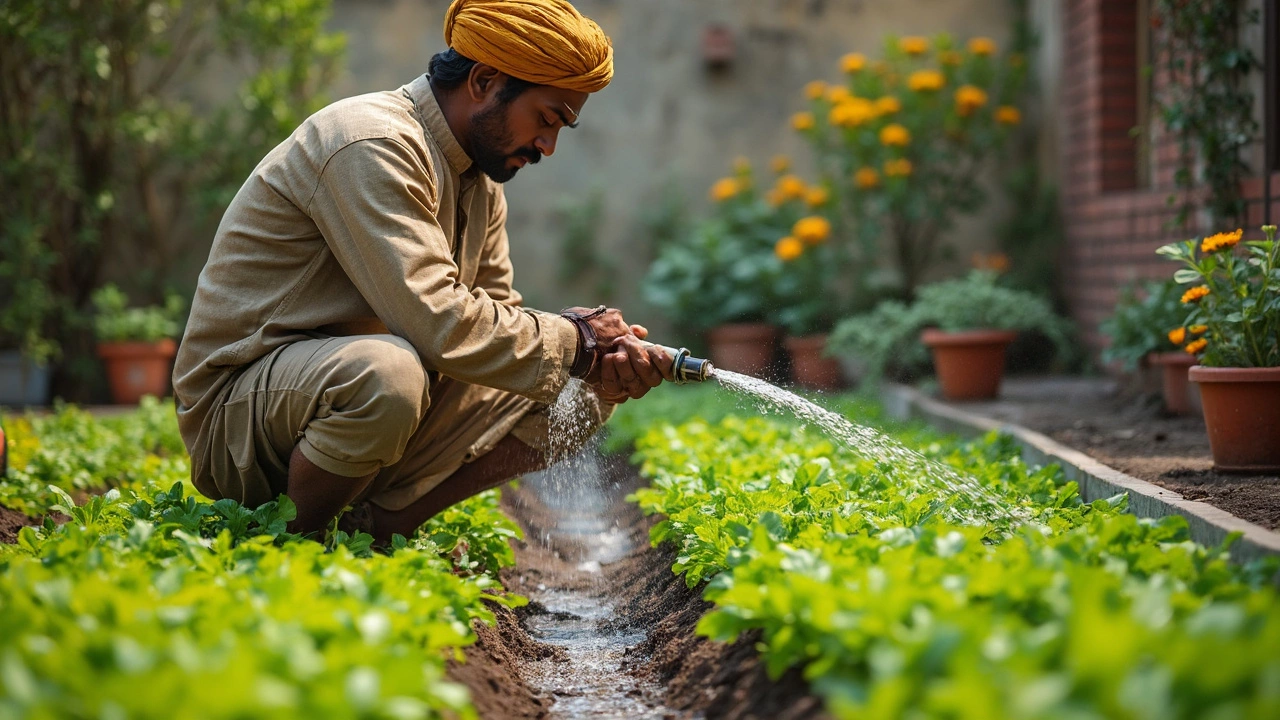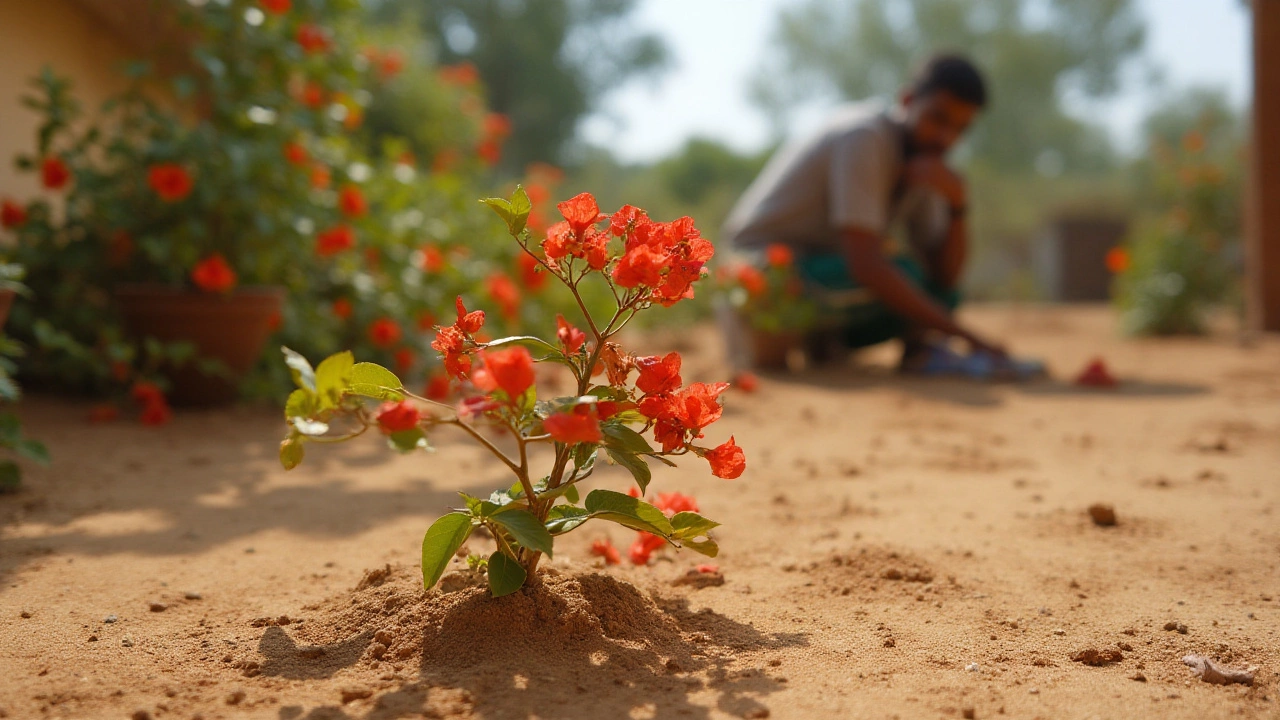Polyethylene Terephthalate (PET) Overview
When working with polyethylene terephthalate, a clear, lightweight polymer used worldwide for bottles and food packaging. Also known as PET, it delivers strong barrier properties and is highly recyclable. PET polyethylene terephthalate encompasses beverage containers, food trays, and textile fibers. It requires efficient collection systems to feed the recycling loop, and the recycled PET, post‑consumer PET turned into new bottles, fibers, or packaging influences the push toward sustainable manufacturing, production methods that cut waste and lower carbon footprints. As the plastic demand 2025, forecasted growth of PET, HDPE, and PP across industries rises, the need for closed‑loop recycling becomes a strategic advantage for manufacturers.
Why PET Matters Across Industries
First, PET’s clarity and strength make it the go‑to material for beverage bottling, which accounts for millions of tonnes each year. Second, its ability to be stretched into polyester fibers powers the textile sector, allowing recycled content in clothing and home fabrics. Third, PET’s low weight reduces transportation emissions compared with glass or metal, directly supporting greener supply chains. The recycling process itself—a mechanical breakdown, cleaning, and melt‑extrusion—creates a material that matches virgin PET in performance, closing the material loop. Companies that invest in PET recycling infrastructure also tap into new revenue streams, as recycled PET fetches premium prices in markets prioritizing circular economy credentials.
Looking ahead, policymakers are tightening standards for single‑use plastics, while brands chase recycled‑content claims to win eco‑conscious shoppers. This regulatory pressure, combined with rising consumer demand for sustainable packaging, means PET will stay front‑and‑center in the plastic landscape. Below you’ll find a curated set of articles that unpack PET’s market dynamics, recycling technologies, and real‑world case studies from Indian manufacturers to global players. Dive in to see how PET shapes today’s packaging, fuels sustainable manufacturing, and drives the 2025 plastic demand outlook.
Understanding Plastic Recycling Number 1: PET Explained
Learn what the number1 under plastic bottles means, why it denotes PET, how PET is recycled, its benefits, and how to handle it responsibly.
- manufacturing
- India
- food processing
- garden tips
- rice cultivation
- government schemes
- balcony garden
- urban gardening
- balcony gardening
- profitable business
- business ideas
- plastic manufacturing
- drip irrigation
- plant care
- steel manufacturing
- sustainable gardening
- startup ideas
- steel industry
- flower gardening
- textile manufacturers






